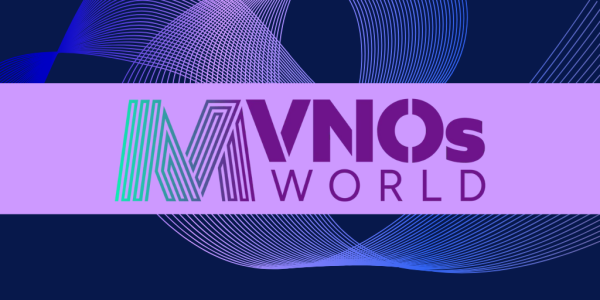
Network management systems can be a critical driver of business value in the telecom industry, facilitating improved customer experience, optimised infrastructure operations and management of threats
Network management refers to the process of configuring, monitoring, maintaining and managing the performance of a network. A Telecom network management system (NMS) is the platform used to complete these tasks—incorporating tools, applications and services.
Systems collect data from connected network devices to identify performance issues and facilitate troubleshooting; enable interactivity and transmission of information across different operating systems and telecom networks; and encompass management of network addresses, security, traffic, hardware, software, load balancing, data backup and recovery.

As Chair of the Network Management Expert Working Group, I will lead collaboration to: improve customer experience through major technological change; reduce the cost to serve all customers; accelerate the go-to-market of vendor agnostic, interoperable solutions; and improve the upgrade path from legacy access technologies to 4G and 5G.
Our ultimate challenge is to manage a seamless service for end customers, regardless of who owns the connectivity solution and radio plan.”
TOM BENNETT
- Regulation
- Interoperability
- Cooperation between administrations
MVNOs WORLD 2025
It was incredible to welcome both familiar faces and new connections from 55+ countries across 6 continents, with 500+ attendees coming together, including 300+ MNOs & MVNOs, to exchange ideas, discuss challenges, and explore the future of MVN












